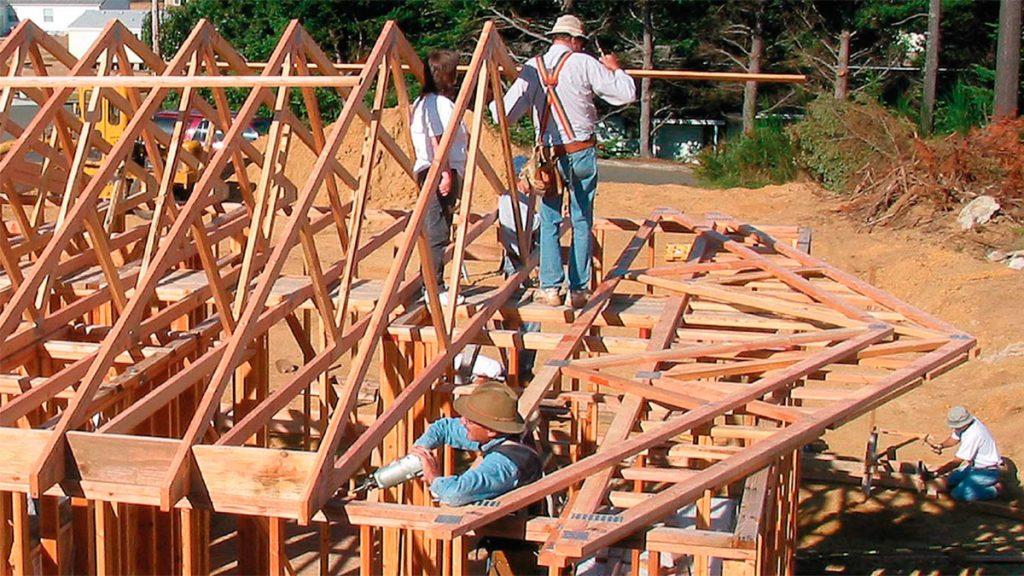Roof truss installation is a critical phase in the construction of any building, as it forms the structural framework that supports the roof. While this process is essential, it also comes with inherent risks that require careful attention to safety measures. The safety of workers and the structural integrity of the building depend on meticulous planning and adherence to safety protocols during roof truss installation.

Understanding Roof Truss Installation
Roof trusses are prefabricated frameworks made of wood or metal that provide support for the roof and distribute its weight evenly across the walls of the structure. These trusses are designed to withstand the loads placed upon them, including the weight of the roof materials, snow, wind, and other environmental factors.
The Importance of Safety
Safety should always be the foremost concern during any construction project, and roof truss installation is no exception. The process involves working at heights, heavy lifting, and working with potentially hazardous materials. Failure to prioritize safety can lead to accidents, injuries, or even fatalities, as well as compromised structural stability that could have long-term consequences for the building’s occupants.
Key Safety Measures
To ensure the safety of workers and the successful completion of the project, several crucial safety measures must be followed during roof truss installation.
- Comprehensive Training: All personnel involved in roof truss installation should undergo comprehensive training in construction safety protocols. This training should cover proper lifting techniques, working at heights, and the correct use of personal protective equipment (PPE) such as helmets, harnesses, and non-slip footwear.
- Proper Equipment Usage: Using the appropriate tools and equipment is essential for maintaining safety. Cranes, hoists, and other lifting equipment must be properly maintained and operated by trained professionals. Ensuring that equipment is in good working condition minimizes the risk of accidents due to mechanical failure.
- Fall Protection: Given that roof truss installation involves working at elevated heights, fall protection is paramount. Use guardrails, safety nets, and fall arrest systems to prevent worker falls and injuries.
- Secure Connections: The proper connection of roof trusses to the building’s structure is crucial for the stability of the roof. Securing trusses as per manufacturer’s specs prevents collapses or shifts during and after installation.
- Weather Considerations: Weather conditions can significantly impact the safety of roof truss installation. Windy or inclement weather can make working at heights more dangerous, increasing the risk of accidents. It’s important to monitor weather forecasts and halt work if conditions become unsafe.
Conclusion
Roof truss installation is a pivotal stage in construction, but it must be approached with caution and attention to safety. The structural integrity of the building and the well-being of the workers depend on rigorous adherence to safety measures. From comprehensive training to proper equipment usage and fall protection, every aspect of safety should be meticulously addressed. By prioritizing safe roof truss installation, construction professionals can ensure successful, efficient projects without compromising well-being.



Leave a Reply